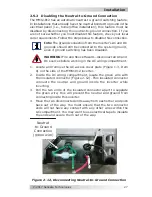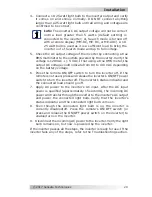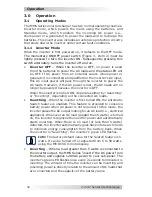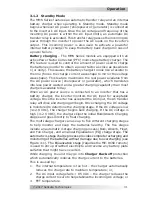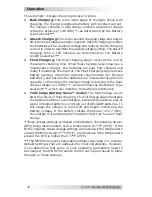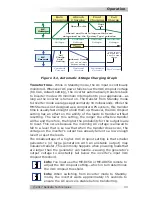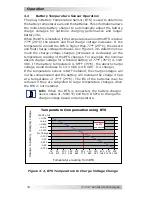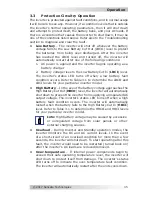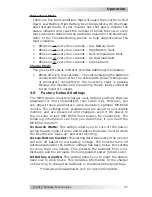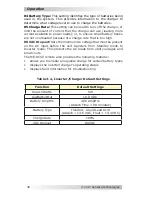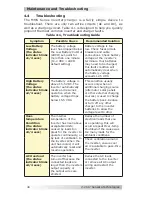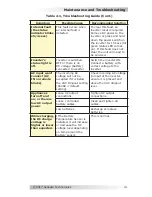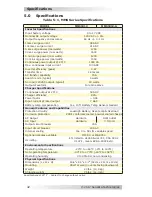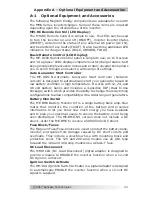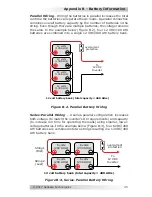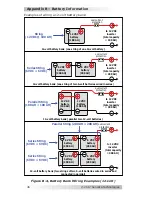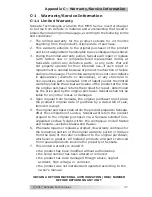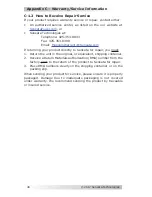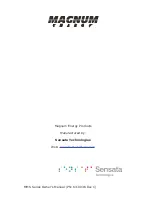
© 2017 Sensata Technologies
35
3.3
Protection Circuitry Operation
The inverter is protected against fault conditions, and in normal usage
it will be rare to see any. However, if a condition occurs that is outside
the inverter’s normal operating parameters, then it will shut down
and attempt to protect itself, the battery bank, and your AC loads. If
there is a condition that causes the inverter to shut down, it may be
one of the conditions listed below. Refer also to the Troubleshooting
section to diagnose and clear the fault.
• Low
Battery
– The inverter will shut off whenever the battery
voltage falls to the Low Battery Cut Out (LBCO) level to protect
the batteries from being over-discharged. After the inverter
has reached the LBCO level and turned off, the inverter will
automatically restart after one of the following conditions:
1. AC power is applied and the inverter begins operating as a
battery charger.
2. Battery voltage rises to the Low Battery Cut In (
LBCI
) level.
The inverter’s status LED turns off when a low battery fault
condition occurs. Refer to Table 3-1 to determine the LBCO and
LBCI levels for your particular inverter model.
• High
Battery
– In the event the battery voltage approaches the
High Battery Cut Out (
HBCO
) level, the inverter will automatically
shut down to prevent the inverter from supplying unregulated AC
output voltage. The inverter’s status LED turns off when a high
battery fault condition occurs. The inverter will automatically
restart when the battery falls to the High Battery Cut In (
HBCI
)
level. Refer to Table 3-1 to determine the HBCO and HBCI levels
for your particular inverter model.
Info:
High battery voltage may be caused by excessive
or unregulated voltage from solar panels or other
external charging sources.
• Overload
– During Inverter and Standby operation modes, the
inverter monitors the DC and AC current levels. In the event
of a short-circuit or an overload condition for more than a few
seconds, the inverter will shut down. To start operating after this
fault, the inverter would need to be restarted (turned back on)
after the inverter’s AC loads are reduced/removed.
• Over-temperature
–
If internal power components begin to
exceed their safe operating temperature level, the inverter will
shut down to protect itself from damage. The inverter’s status
LED turns off to indicate the over-temperature fault condition.
The inverter will automatically restart after the units cools down.
Operation







